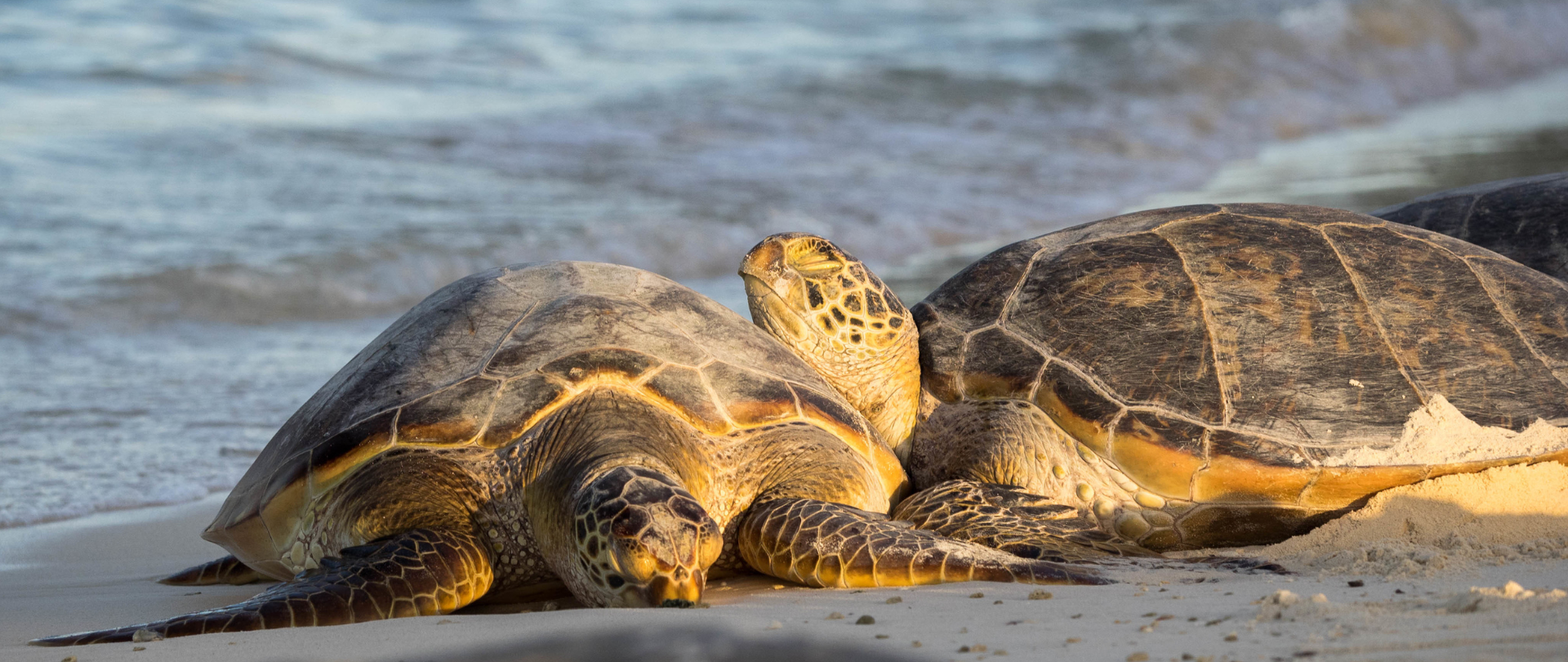May 6, 2025
Resolution: A Decade of Island Resilience
Our resolution calls for a United Nations sanctioned Decade of Island Resilience. Read the full resolution here!
We use cookies to help you navigate efficiently and perform certain functions. You will find detailed information about all cookies under each consent category below.
The cookies that are categorized as "Necessary" are stored on your browser as they are essential for enabling the basic functionalities of the site. ...
Necessary cookies are required to enable the basic features of this site, such as providing secure log-in or adjusting your consent preferences. These cookies do not store any personally identifiable data.
Functional cookies help perform certain functionalities like sharing the content of the website on social media platforms, collecting feedback, and other third-party features.
Analytical cookies are used to understand how visitors interact with the website. These cookies help provide information on metrics such as the number of visitors, bounce rate, traffic source, etc.
Performance cookies are used to understand and analyze the key performance indexes of the website which helps in delivering a better user experience for the visitors.
Advertisement cookies are used to provide visitors with customized advertisements based on the pages you visited previously and to analyze the effectiveness of the ad campaigns.

Conservation. Targeted, specific conservation. And it works really, really well.
A new article in PLOS Biology, titled “Past conservation efforts reveal which actions lead to positive outcomes for species,” tells the full story. By analyzing data on over 67,000 animal species from the IUCN Red List, this research not only highlights where we’ve succeeded, but also shines a light on what actions we need to take now to save species and stop the decline of biodiversity.
When a species is at great risk for extinction, the best bet for improving its outlook is making conservation interventions. The most common intervention across the animal species that the study assessed was establishing protected areas, but reintroduction and area management has been especially impactful for amphibians and birds. And these interventions work—there have been measurable improvements in the statuses of certain threatened species.
The paper’s method leverages both quantitative data and narrative accounts from conservation practitioners. This combination enriches the analysis by including real-world experiences and context that are often overlooked in purely numerical evaluations. It also uses advanced metrics like the Green Status of Species to assess recovery and conservation impact, offering a more nuanced view of species’ progress toward sustainability.
At Island Conservation, we work to restore key habitats for threatened species at the epicenter of the biodiversity crisis: islands. Whether our project sites are part of Marine Protected Areas, National Parks, Wildlife Refuges, or any of the myriad other ways people protect and take care of land and sea around the world, the environments being protected need to be robust and healthy. We holistically restore these ecosystems and bring threatened species home—through both species relocation and social attraction. Our methods work—for example, in 2021, the Peruvian Diving Petrel was downlisted from Endangered to Near Threatened thanks to our work with partners in Choros and Chañaral Islands in the Humboldt Penguin National Reserve, Chile. We also got the formerly Extinct in the Wild Pinzón Giant Tortoise downlisted!
The extinction crisis is ongoing, but this paper shows that we can make real headway. By prioritizing evidence-based actions, such as species management plans and invasive species control, conservationists can protect species at risk of extinction. Conservation does work!
Become a supporter of one of the most serially-successful conservation organizations in the world by donating or signing up for our newsletter today!
Check out other journal entries we think you might be interested in.
Notifications